【中国剪影·Glance at China】-003
中国八大菜系
Chinese Eight Cuisines
中国地域辽阔,民族众多,因此各种中国饮食口味不同,却都味美,令人垂涎。总体来讲,中国饮食可以大致分为八大菜系,这种分类已被广为接受。每个菜系都因其形成的地理环境、气候条件、自然资源和饮食习惯不同而独具特色。 China covers a large territory and has many ethnic groups, hence a variety of Chinese food with different but fantastic and mouthwatering flavor. Generally, Chinese food can be roughly divided into eight regional cuisines, which has been widely accepted around. Every cuisine is distinct from the other and the differences in their formation have much to do with the geography, climate, natural resources, and eating habits of the specific area. |
1. 鲁菜Shandong Cuisine
鲁菜讲究香、鲜、酥、软,常常使用青葱和大蒜做为调料。鲁菜注重汤品。清汤清澈新鲜,而奶汤浓重浑厚。主要烹饪技巧是油炸和爆炒。鲁菜也以其烹饪海鲜的鲜淡而闻名。
Shandong cuisine is characterized by its emphasis on aroma, freshness, crispness and tenderness. Shallot and garlic are widely used as seasonings. Soups are given much emphasis in Shandong dishes. Thin soup features clear and fresh while creamy soup looks thick and tastes strong. Major cooking techniques are quick-fry and deep-fry. Shandong cuisine is also famous for cooking seafood with fresh and light taste.
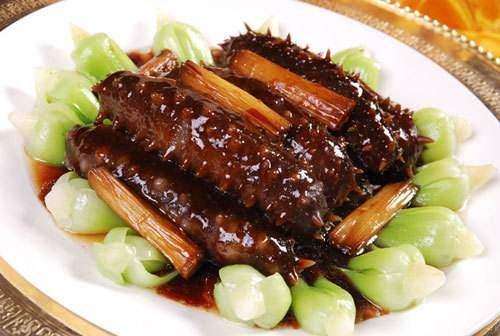
2. 川菜Sichuan Cuisine
川菜,是世界上最著名的中国菜系之一。川菜以其香辣而闻名,味道多变,着重使用红辣椒,搭配使用青椒和花椒,产生出经典刺激的味道,并且在口中留下麻木的感觉。此外,大蒜,姜和豆豉也被应用于烹饪过程中。川菜也因火锅而著名。
Sichuan Cuisine is one of the most famous Chinese cuisines in the world. Characterized by its spicy and pungent flavor, Sichuan cuisine, prolific of tastes, emphasizes on the use of chili. Pepper and prickly ash also never fail to accompany, producing typical exciting tastes and leaving a slight numb sensation in the mouth. Besides, garlic, ginger and fermented soybean are also used in the cooking process. Sichuan cuisine also noted for its hot pot.
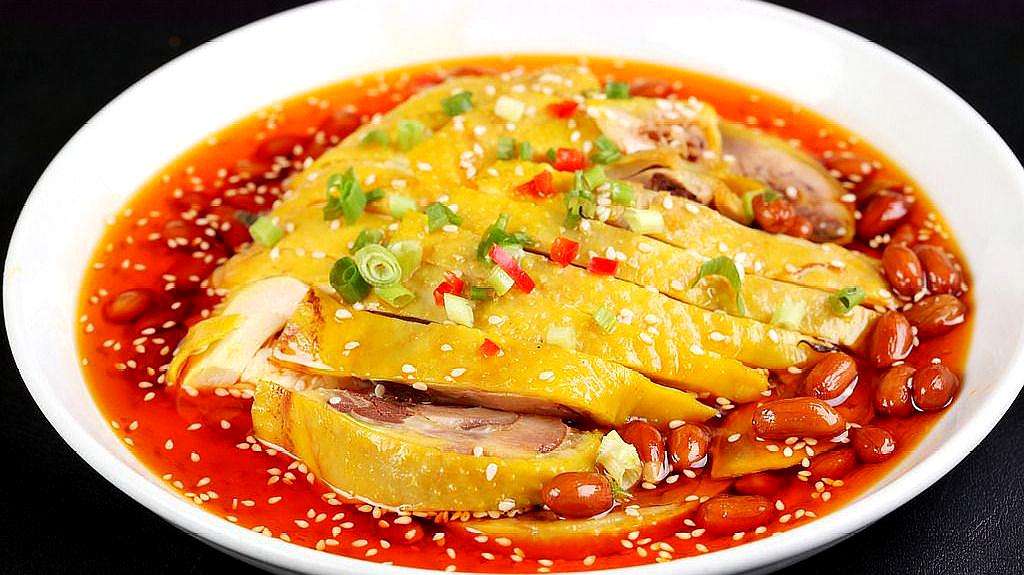
3. 粤菜 Guangdong Cuisine
广东人被公认为美食家,因为他们的食物种类繁多。由于广东省的地理位置和气候特点,广东人力求保留食材的天然风味,对清淡、爽口的食物以及水产非常着迷。此外,粤菜中蔬菜品种繁多,其粥、点心深受到公众和美食专家喜爱。
The Cantonese are widely recognized as gourmets as their food catalogue is very extensive and varied. Because of the location of Guangdong province and its climate features, the Cantonese are fascinated by light, refreshing and aquatic food, in which the tender and original taste of the ingredients is kept intact. Besides, this cuisine abounds in vegetables, and its congee and dim sum receive a warm welcome from both the public and gastronomists.
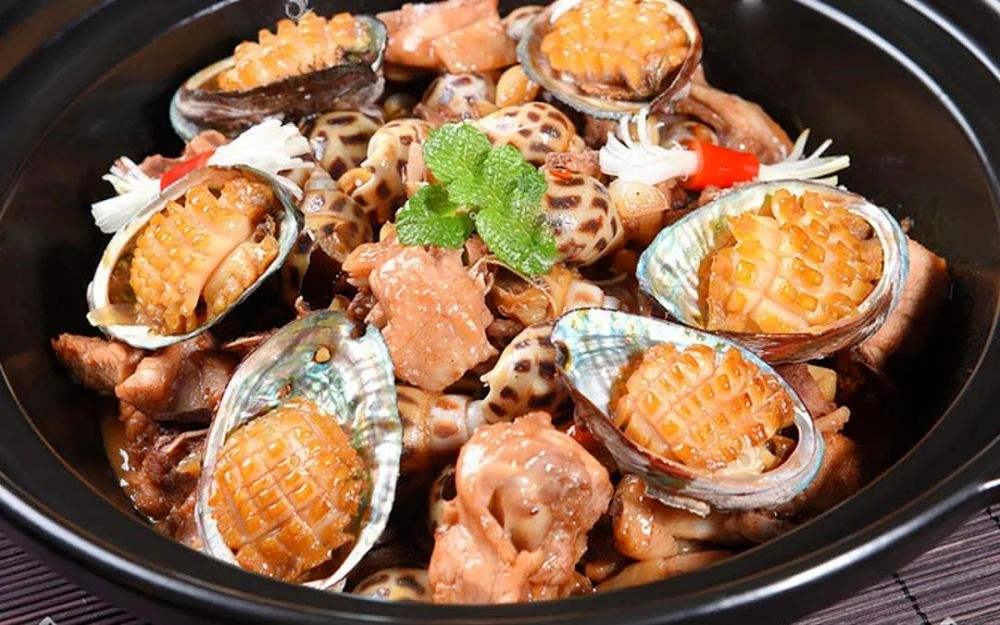
4. 闽菜 Fujian Cuisine
闽菜源于福建本地的烹饪风格,与邻近的台湾和广东有一些共同点。这里山珍海味应有尽有,令食客眼花缭乱。在海鲜、鸡肉和竹笋菜肴中加入红糟和虾油是独特的调味手法。汤是闽菜之精髓,素有一汤十变之说。
Fujian Cuisine sources from the native cooking style of Fujian province and shares a few common characteristics with nearby Taiwan and Guangdong. There’s a wealth of seafood and woodland-based ingredients forming dazzling choices for diners. The unique practice of adding red rice wine and shrimp oil to seafood, chicken and bamboo dishes aims at improving their flavors. The quintessence of Fujian Cuisine is soup, just as the local saying goes, “there are variety methods to making a soup”.

5. 苏菜Jiangsu Cuisine
苏菜盛行于长江中下游地区。以水产作为主要原料,注重原料的鲜味。其刀工精细,其中瓜雕尤为著名。烹饪手法包括炖,烤,焙,煨等。苏菜选料严谨,味道咸甜适中,浓而不腻,淡而不薄。
Jiangsu Cuisine is popular in the lower reach of the Yangtze River. Aquatics as the main ingredients, it stresses the freshness of materials. Its carving techniques are delicate, of which the melon carving technique is especially well known. Cooking techniques consist of stewing, braising, roasting, simmering, etc. Jiangsu cuisine is particular about the selection of ingredients. The flavor it not-too-salty, not-too-sweet, strong but not greasy, light but not too bland.
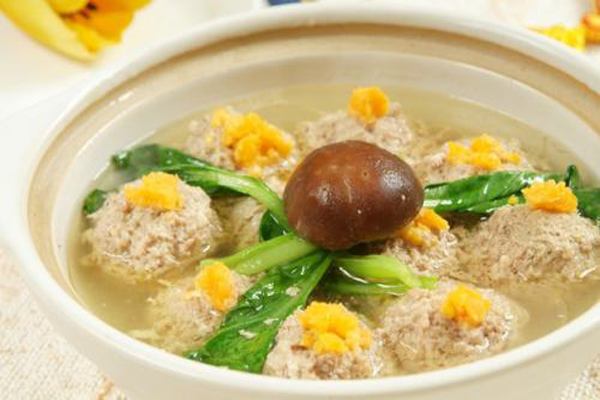
6. 浙菜Zhejiang Cuisine
浙江地处“鱼米之乡”,物产丰富佳肴美。由杭州、宁波、绍兴等地方菜组成,以其菜肴的鲜、嫩、柔、滑,香味醇厚而闻名。
Situated in the so called “land of fish and rice”, Zhejiang has a substantial scope of local produce, nutrients and taste for its diners. Comprising local cuisines of Hangzhou, Ningbo and Shaoxing, Zhejiang Cuisine, wins its reputation for freshness, tenderness, softness, smoothness of its dishes with mellow fragrance.

7. 湘菜Hunan cuisine
湘菜擅长制作带有酸味的腌辣椒和腌菜,也大量使用一种中国称为“腊肉”的高脂肪肉,这种肉尝起来有点像熏肉。
The special characteristics of Hunan Cuisine focus on pickled chilies and vegetables, sour relish and a heavier use of a kind of fatty preserved meat called larou in Chinese, tasting a bit like smoked bacon.

8. 徽菜 Anhui Cuisine
徽菜厨师善用火候,擅长煨炖。通常会加入火腿和方糖来调味。
Anhui Cuisine chefs focus much more attention on the temperature in cooking and are good at braising and stewing. Often hams and sugar candy will be added to improve taste.

Key words:
1. 火候(huǒ hou):duration and degree of heating
2. 刀工(dāo ɡōnɡ):the skills of cutting up vegetables and meat
3. 厨师(chū shī):chef
4. 菜系(cài xì):cuisine
5. 美食家(měi shí jiā):gastronome
6. 山珍海味(shān zhēn hǎi wèi): table delicacies from land and sea
Supplement:
《舌尖上的中国》(shé jiān shànɡ de Zhōnɡ ɡuó):是一部介绍中国美食的深夜档纪录片,自央视播出以来,吸引了无数观众。它不仅仅是和食物有关的纪录片,而且从食物入手,解读中国人独特的视角以及人与食物、人与社会的关系。这部纪录片展示了制作食品的工艺和制作过程,以及普通人的生活,从而打动了观众的心。如果你对中国各种食物背后的历史和故事感到好奇,那么这部纪录片绝不会让你失望。
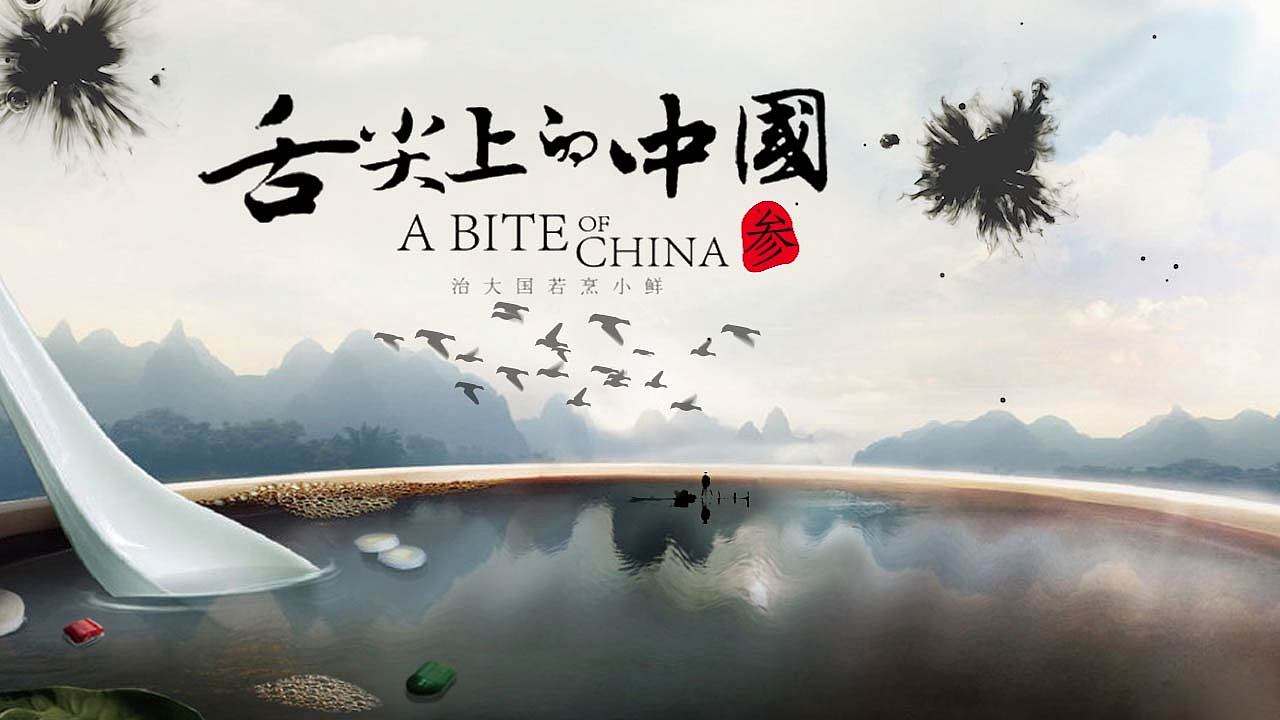
A Bite of China:a mouth-watering late-night documentary television series about Chinese food, has attracted countless viewers since it was aired on CCTV. It is not just a documentary about food. It is a serious documentary providing a unique view of Chinese as well as the relations between people and food and between people and society from the perspective of food. The documentary shows the techniques used in making food and their production process as well as the lives of ordinary people, thus touched the hearts of the audience. If you are the one who is curious about the history and stories behind foods of various kinds in China, this documentary won’t let you down.